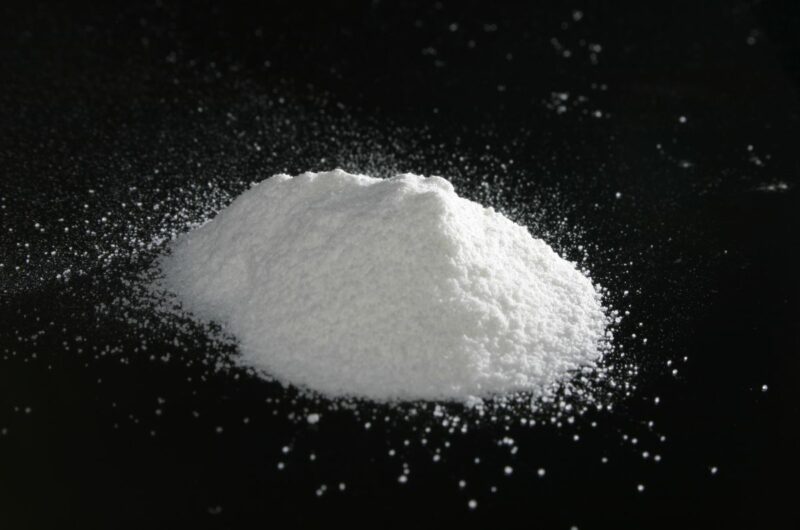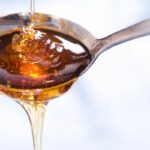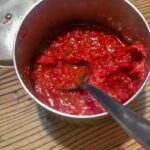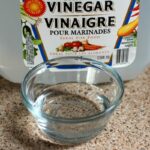Have you ever heard of diastatic malt powder?
A lot of people haven’t, and that’s because, even though it’s an ingredient featured in many different kinds of recipes (particularly, baking recipes), it’s pretty difficult to find in grocery stores.
If you find a recipe you’d like to follow that calls for diastatic malt powder, you might feel defeated if you can’t source this ingredient at your nearest store.
Don’t worry, though – there are several different substitutes you can use instead of diastatic malt powder.
This guide will introduce you to the top 6 diastatic malt powder substitutes. We will also be giving you an in-depth explanation of what diastatic malt powder actually is, and how it’s traditionally used.
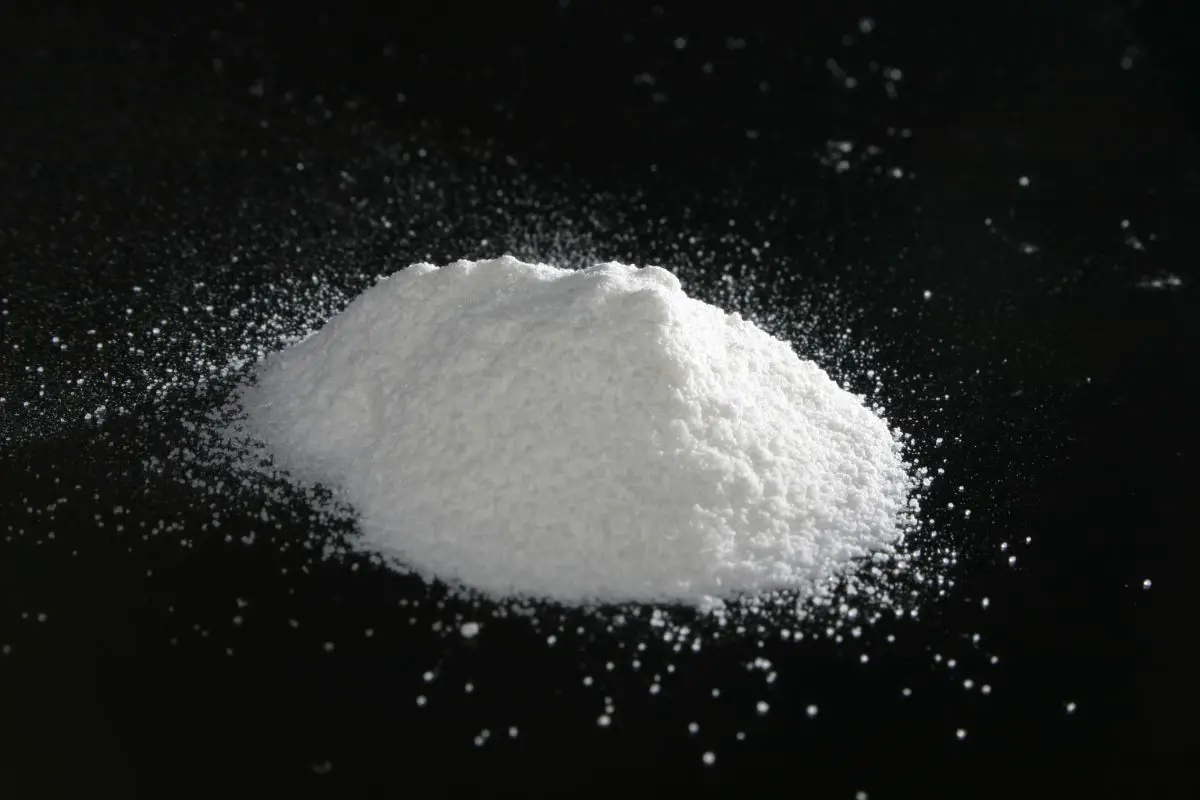
Diastatic Malt Powder: What is It?
Here’s the million-dollar question: what exactly is diastatic malt powder?
Diastatic malt powder is an ingredient made from barley that has been allowed to sprout before being dried out. It is then ground to make a powder.
Diastatic malt powder is mostly used to make baked goods because the powder contains various enzymes that break down starch.
When starch is broken down in some kinds of dough, the dough becomes extra-pliable, meaning that any leavening reactions are more effective and run less risk of damaging the structure of the dough.
Not only does diastatic malt powder help dough to rise when necessary, but if you’re specifically baking bread, it’s a really useful ingredient for ensuring a firm, crispy crust. It even adds to the richness of the bread’s flavor.
That’s because malt powder contains a substance called maltodextrin, which binds flavors for increased longevity and intensity.
Ways To Use Diastatic Malt Powder
As we’ve already mentioned, the main use for diastatic malt powder is in baked goods.
It’s a particularly popular ingredient in bread, because bread typically needs more leavening than other types of baked goods, and it’s more important to have a crisp crust in bread compared to most other baked goods.
Diastatic malt powder is usually added to bread at a ratio of between 0.5 and 1 teaspoon for every 3 cups of flour.
In addition to crusty bread, diastatic malt powder is sometimes also added to whiskey and beer.
The reason for this is the fact that diastatic malt powder has flavor-enhancing properties, so if you want your home-brewed beer or whiskey to have a deeper and more complex flavor profile, diastatic malt powder can be a useful ingredient.
Top 6 Diastatic Malt Powder
1. Malted Milk Powder
If you can’t find any diastatic malt powder, but come across some malted milk powder instead, you’re in luck, because this is actually one of the best substitutes for diastatic malt powder.
Malted powder has a creamy flavor, and it’s sweeter than diastatic malt powder, but assuming you’re making sweet baked goods or other non-savory recipes, this shouldn’t be a problem.
Interestingly, if you buy malted milk powder as a substitute for diastatic malt powder, you will also be able to use it for various types of cuisine.
Malted milk powder is commonly found in Indian and Chinese cuisine, particularly in soups and sauces that need thickening.
Substituting malted milk powder for diastatic malt powder is something you should do carefully, however, because it has more enzyme activity than the original ingredient.
This means that in baked goods, adding too much could cause excessive rising.
Therefore, it’s only a good idea to use this ingredient as a substitute if the recipe recommends using only a tiny amount of diastatic malt powder.
2. Malt Syrup
Malt syrup may be slightly easier to find than diastatic malt powder because in addition to being used in a variety of baked goods, it’s also a fairly popular sweetener that many people like to add to hot beverages such as tea and coffee.
If you can find some malt syrup at your local grocery store, the good news is that you can use it to replace diastatic malt powder in a lot of different recipes.
All you need to do is replace the malt powder with malt syrup at a ratio of 1 part syrup to 3 parts powder.
Be careful here, because you really don’t need a lot of syrup to replace the powder, and if you add too much, you could end up altering the texture of your baked goods.
Malt syrup also has a fairly unique flavor, so if you don’t get the ratio right, you might find that the final flavor profile is a little off.
It’s worth noting that you don’t have to stick to baked goods when using malt syrup as a substitute for malt powder. You can also add it to homebrews to feed the yeast-alcohol conversion with sugar.
This applies not just to beer, but also distilled spirits such as whiskey.
3. Bread Flour
Some bread flour contains malt powder, meaning there’s no need to seek out diastatic malt powder to add to your recipe separately. Instead, you can simply buy bread flour containing malt powder to use instead of all-purpose flour.
Even bread flour that does not contain malt powder is high in protein, which adds to the structure of the dough and will help to give your bread the chewy texture you’re looking for.
You can use bread flour instead of diastatic malt powder by adding a cup of bread flour to replace two tablespoons of powder.
We would always recommend using bread flour instead of all-purpose flour for bread recipes anyway, because it’s designed for this specific baking task and will help your bread to feel and taste professionally-made.
4. Sugar
This one might surprise you, but it’s actually possible to use sugar as a substitute for diastatic malt powder.
Obviously, you won’t want to do this in a savory recipe, but many bread recipes already call for sugar, in which case, there’s no harm in adding a bit more to replace the powder.
Yeast needs sugar in order to rise, so simply replace the diastatic malt powder with a roughly equal quantity of sugar, and you should still end up with great bread.
5. Molasses
The sticky, thick consistency of molasses may make it seem like a strange choice to replace diastatic malt powder, but it really does work!
Although the taste of molasses is slightly better, it works as a sweetener, and can be added to recipes for baked goods as a sugar replacement.
The reason it works so well as a sugar substitute is because molasses is actually a byproduct of the process of making sugar.
All you need to do is replace every tablespoon of diastatic malt powder your recipe calls for with a single teaspoon of molasses.
Be careful not to overdo it. Your bread will only maintain its optimal texture and flavor if you add fewer molasses than you would diastatic malt powder.
This small quantity of molasses should help with yeast activation and ensure that your crust is thick and crispy.
6. Honey
Honey is often considered to be a natural sugar substitute, but it’s also an excellent substitute for diastatic malt powder.
Simply replace every two tablespoons of diastatic malt powder with two tablespoons of honey. This is a very easy and simple swap, and as long as you don’t mind a little extra sweetness in your recipe, it works really well.
Bear in mind that different honey varieties can vary in terms of flavor and texture. That’s because honey can be collected from different kinds of flowers, which produce different types of nectar.
Not only will honey effectively replace diastatic malt powder in your recipes, but there are numerous benefits to cooking with honey.
It has several medicinal properties, including the ability to reduce inflammation, combat oxidative stress, and destroy harmful bacteria.
Final Thoughts
Even though diastatic malt powder might not be an easy ingredient to find at your local store, you should be able to get your hands on at least one of the top 6 substitutes for diastatic malt powder instead.
The substitute you choose should be based on what kind of recipe you’re following.
Most of our substitutes work well in baked goods, but if you’re making beer or distilled spirits, you should choose your substitute extra-carefully.
Be sure to check the substitution ratios before you add your substitute to your other ingredients because, while some can be added in the same quantities as diastatic malt powder, others need to be added more conservatively.
The Top 6 Diastatic Malt Powder Substitutes
Course: Substitutes4
servings30
minutes40
minutes300
kcalDiastatic malt powder isn’t always readily available. Luckily, you can still follow recipes that call for it using our top 6 diastatic malt powder substitutes.
Ingredients
Malted Milk Powder
Malt Syrup
Bread Flour
Sugar
Molasses
Honey
Directions
- Decide on what substitute you need
- Pick a substitute from the list above
- Read what you need to substitute with
- Create the recipe and enjoy
Recipe Video
https://www.youtube.com/watch?v=DKkviyRD3rYVideo can’t be loaded because JavaScript is disabled: Diastatic Malt Powder? Every Baker's Secret Weapon | WTF – Ep. 147 (https://www.youtube.com/watch?v=DKkviyRD3rY)- What Exactly Do Chickpeas Taste Like? Is There A Distinct Flavor? - September 30, 2023
- Top 11 Low Carb Options at Sonic Drive-In for Keto Diet - September 30, 2023
- What Should You Serve Alongside Potato Salad? 8 Incredible Side Dishes - September 30, 2023

